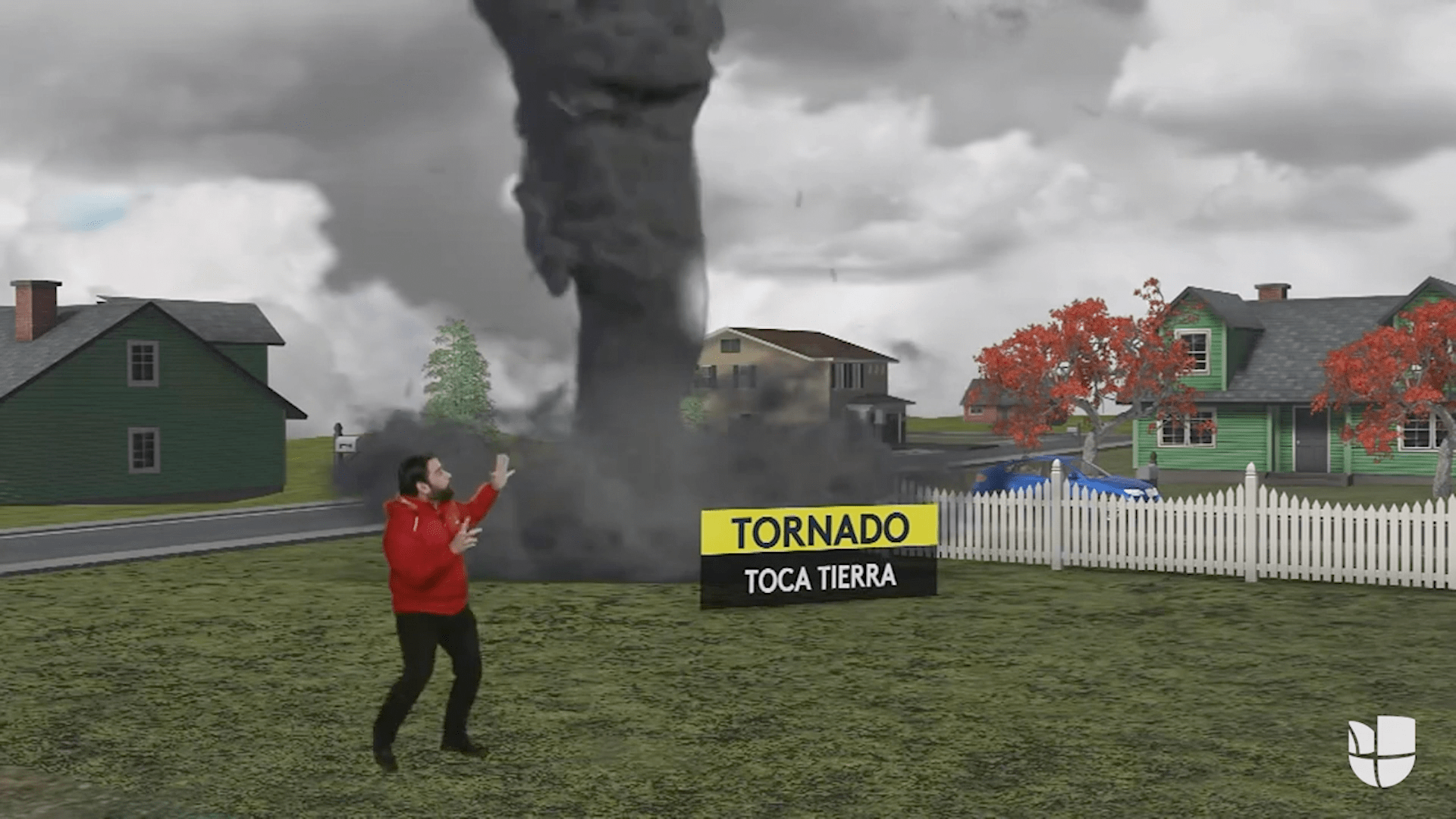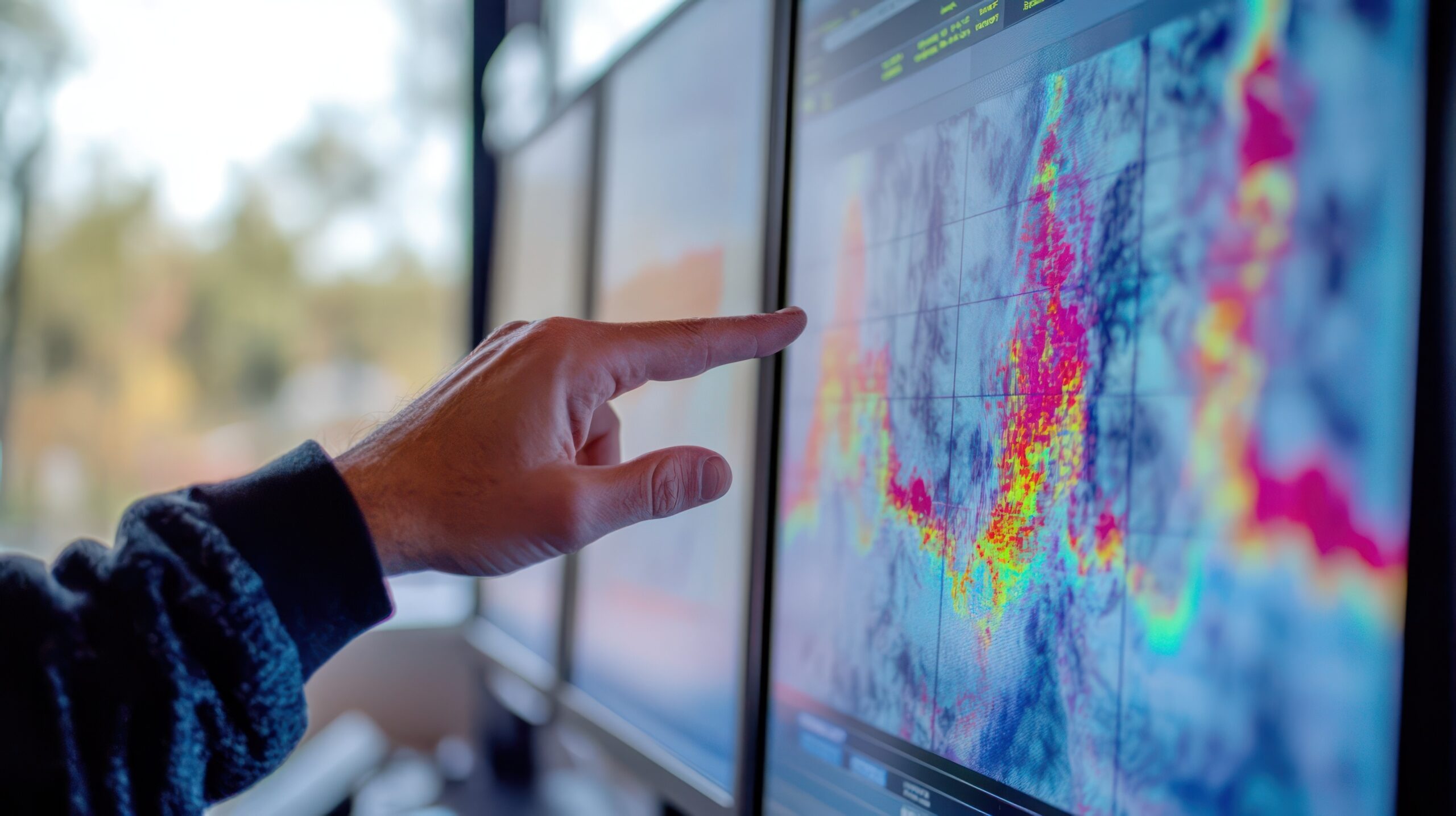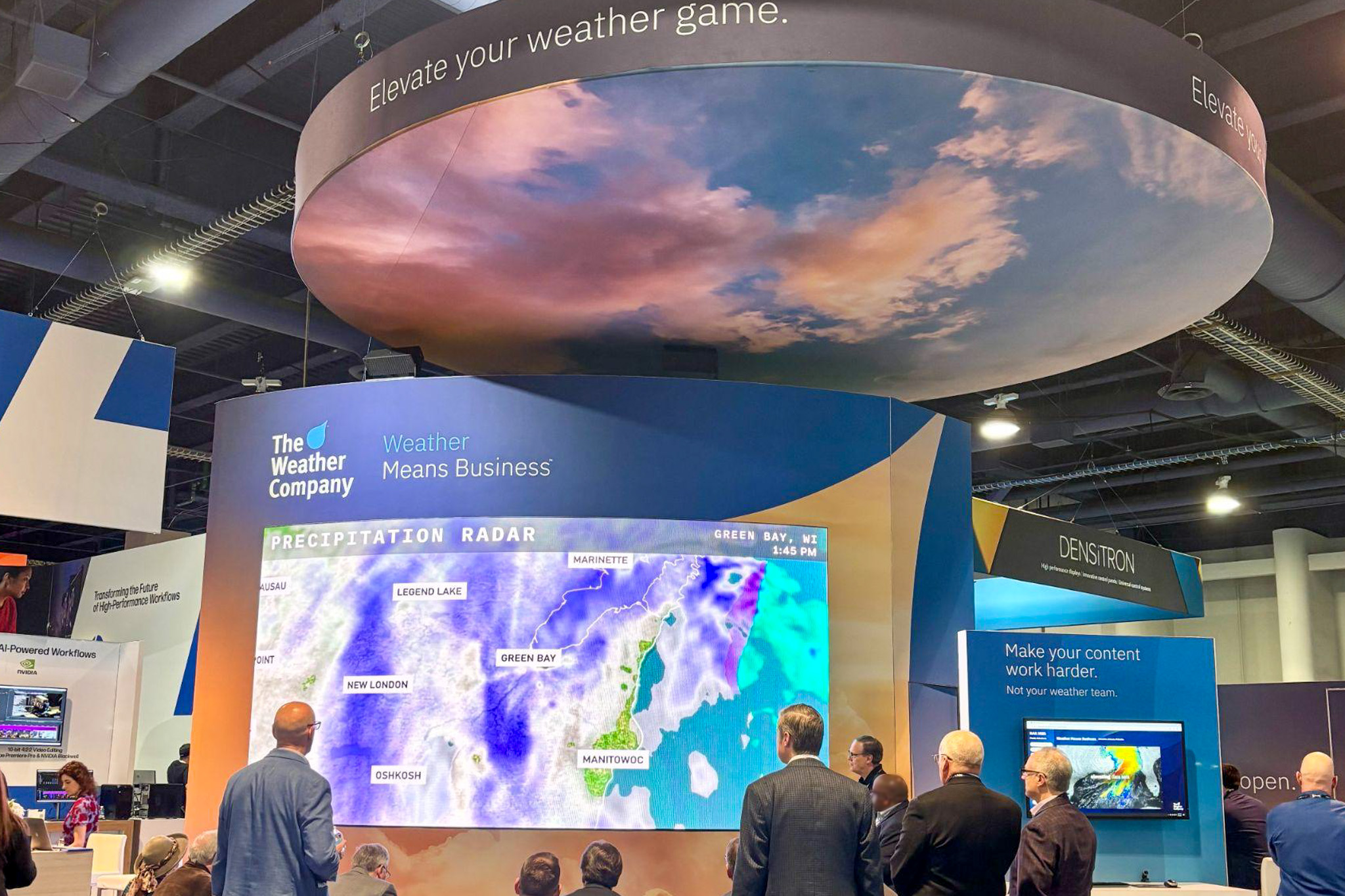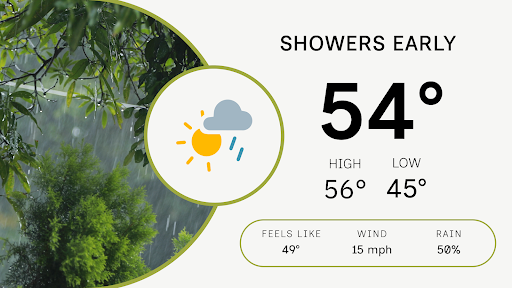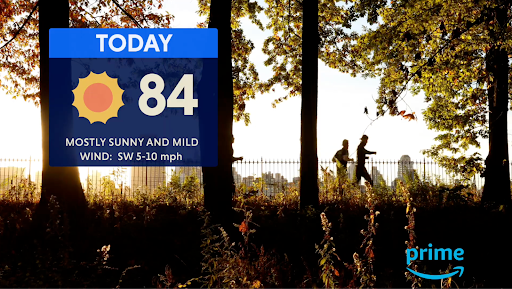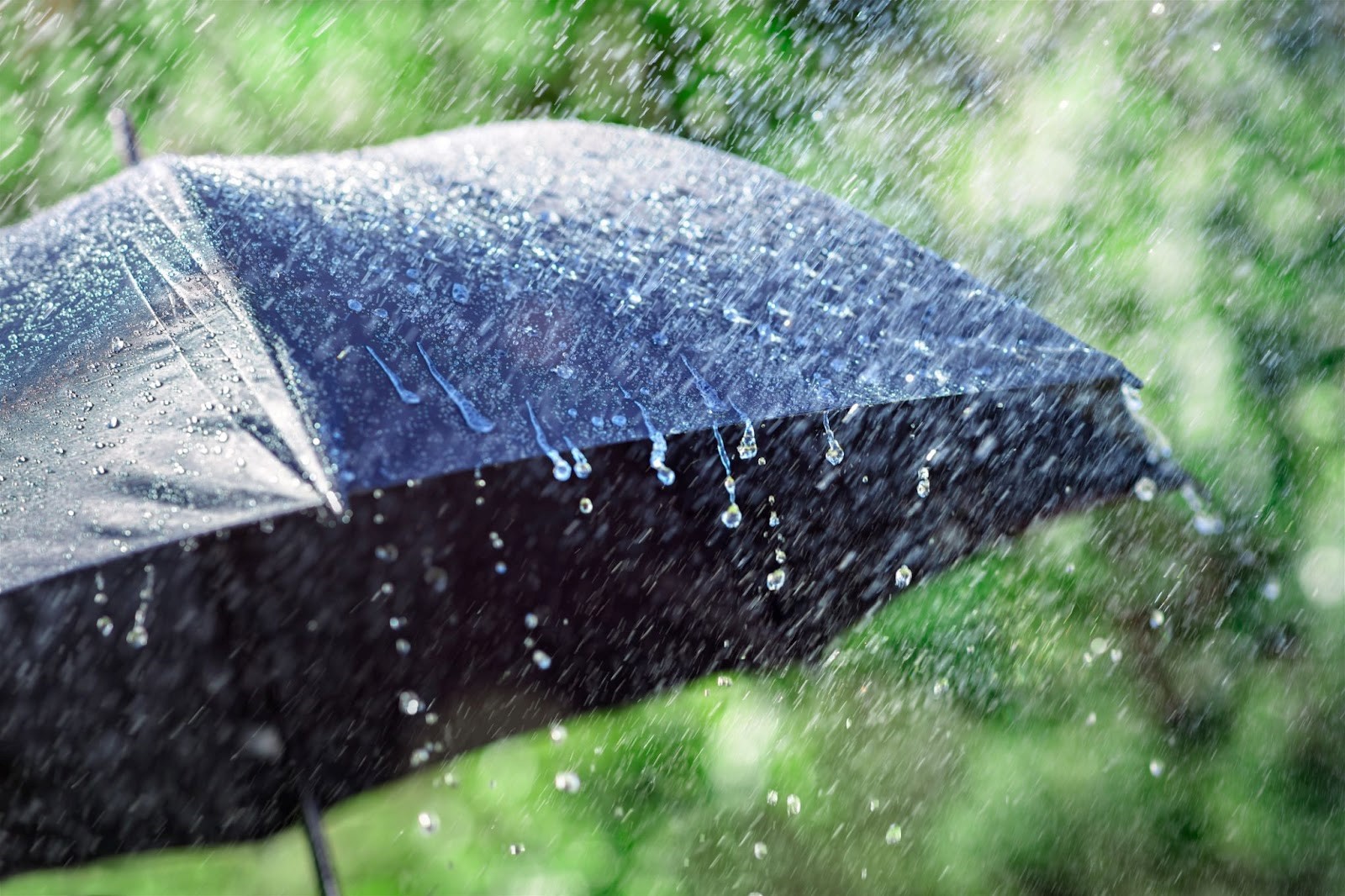Weather intelligence for the future: Crafting a strategic enterprise approach to changing environmental conditions
Continue readingEmerging technologies for improving weather forecasting
The weather forecasting systems market is projected to reach USD 3.5 billion in 2026, according to Markets and Markets. Since the pandemic, broadcast stations have been forced to rethink their day-to-day operations, which has led to new innovations in the broadcast industry.
Broadcasting away from the studio proved to be difficult, due to the sheer size of equipment, as well as the need for specific data from their weather forecasting technology. Meteorologists, however, have prevailed by providing viewers with the information they need, while also presenting it in engaging and innovative ways. Using tools such as augmented reality, meteorologists are able to craft powerful visuals from sources such as weather radar and AI-powered forecasting models to help their viewers better prepare for incoming storms. Remote broadcast production tools also allow TV news station talent to collaborate across station groups, while producing content from anywhere.
In fact, according to Nielsen, there was a 10 percent lift in viewership for local news stations for persons aged 25-54 between early February and early March. This is due in large part to how broadcasters adapted and succeeded in giving viewers what they were looking for. Identifying what made them effective will help others adjust their weathercast strategies, adapt winning tactics, and determine how to better prepare for the future.
Broadcast influencers’ perspectives on weather technology
With all of this in mind, The Weather Company asked top broadcasters and thought leaders for their input on innovations in weather forecasting technology, and how it will impact the industry in the future. Here’s what they said.
Adapting and innovating for more local broadcasts
Terry Eliasen of WBZ-TV WSBK BOSTON
“As has been the case over the last couple decades, the push to be more and more local continues to be the trend in weather forecasting. Now, with more numerous, (and more accurate), hi resolution models, forecasters are becoming increasingly confident and able to predict temperatures, winds and precipitation down to a very local level.
It is no secret that just about everyone looks to their weather apps now to get a forecast for their town or their event. The broadcasting industry must continue to adapt to this need for, not only weather in “my backyard”, but also weather now, when I need it.
This will require better and better modeling as well as the proper medium to deliver the forecasts. Stations that are able to stream weather information consistently over a 24-hour period and keep it fresh and updated will certainly have an advantage.”
Taking broadcasts to the next level with augmented reality
Lelan Statom of News Channel 5
“We’ve seen AI integrated into so many more applications within the last couple of years. Many in the general public may not have paid much attention to this until news stories on ChatGPT or on deep fake videos and audio. For the immediate future, I’ll continue to watch how AI is being incorporated into weather forecasts and applications. This can improve our ability to get severe weather information to the public across various platforms while the met is providing live weather coverage. In day to day weather, I could see it becoming a major asset to provide general weather forecasts online and within our services on devices like Roku, Apple or Samsung. ”
Personalizing forecasts with weather apps and social media
“The trends that I have been noticing are that there is more of a push to personalize the forecast and create more lifestyle and event forecasts. We have been able to use Max Reality to create a 3D look for concert forecasts in Nashville such as the one we created for the Taylor Swift shows. We can also use Max Reality to create more interesting short weather stories or visits.
We also use Max Engage to personalize forecast videos to go on social media and the weather app and that has really gained traction. Our viewers love short snackable clips with our faces and voices explaining things. Max Engage also comes in handy during severe weather since it sends out the videos and alerts automatically on social & the weather app while we concentrate on broadcasting live on TV.”
Beyond AI: Improving audience engagement
Albert Martinez of Univision Communications
“It is clear that the future of weather information passes through AI. Imagine automatic video publications, perhaps even with the same voice of the local meteorologist, which will spread across all digital platforms.
AI and high resolution nowcast are here. With machine learning and deep learning, they pretend to be the tools to obtain an exact hour by hour, or minute by minute forecast without errors. Why wait until 5-6pm to see the weather report?
Here is our challenge. Leaving aside the severe weather coverage, the weather segment will have to contribute something “more”. Like what? Audience interaction with photos and videos. In addition, the use of augmented reality to “explain” the reason for meteorological phenomena and/or other scientific curiosities will be in our daily weather report.
For our Latino audience, that is fundamental! Many come from countries where they have never experienced a hurricane, tornado, winter storm or hail. Educating and informing with visual graphics is our goal to continue innovating in weather broadcast.”
Final thoughts
While the industry was flipped upside down this year, broadcasters have triumphed, due to ever-evolving weather forecasting technologies, AI broadcasting solutions, efficient news production tools, cloud-based production, and innovative new methods of delivering broadcasts.
I want to give a big thanks to Lelan Statom, Terry Eliasen, Danielle Breezy, and Albert Martinez —who provided their perspectives on weather forecasting technology innovations in 2023, as well as insights into broadcasting in the future and beyond.
What innovations to weather forecasting technology have you seen make an impact on the broadcast industry? We would love to hear your perspective. Contact us today.
Let's talk
To learn more about our professional weather and traffic software solutions for the media industry, contact our media experts today.
Contact us
